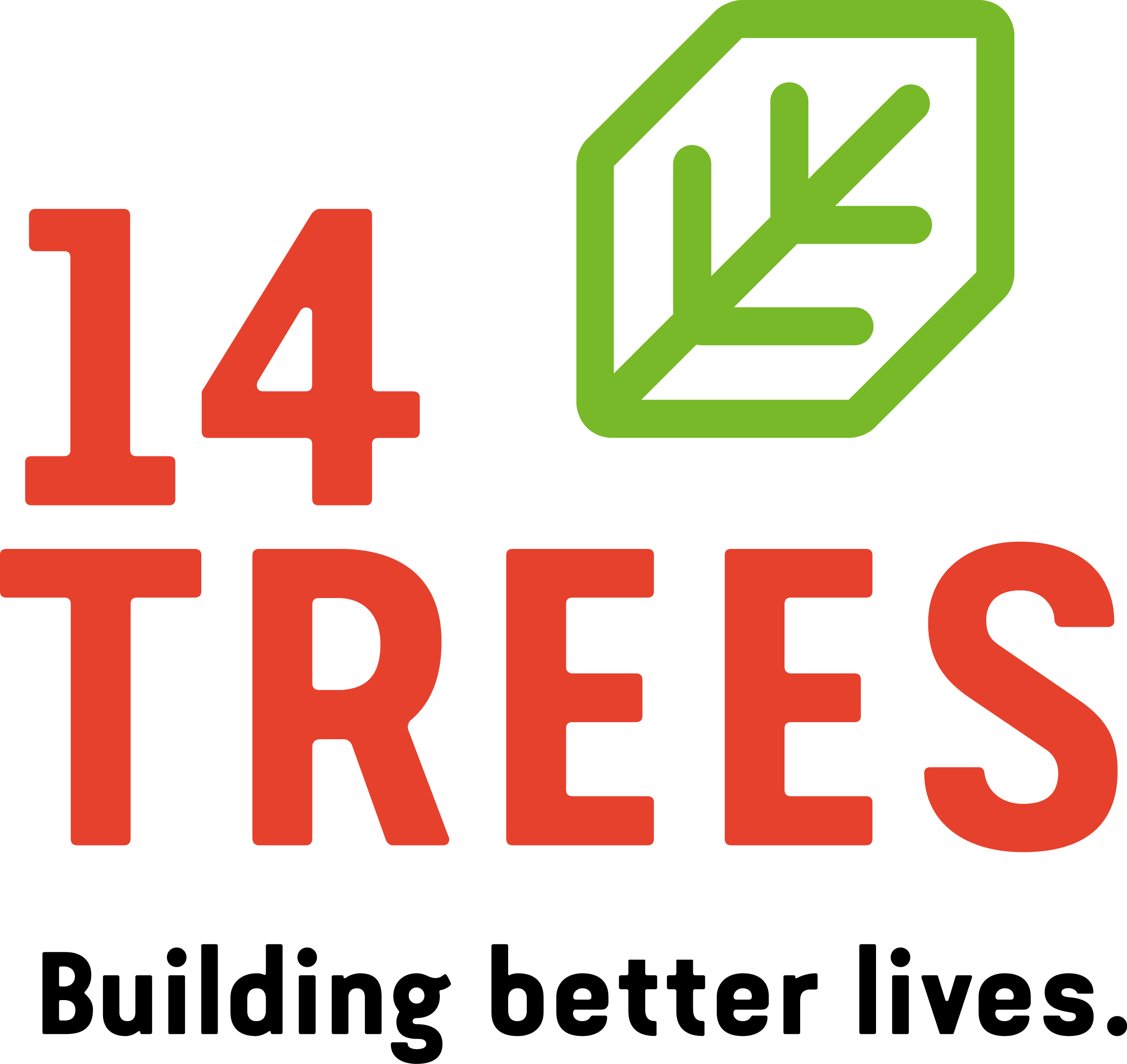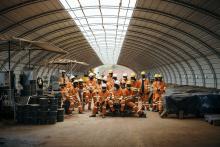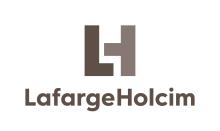
14Trees will benefit from the expertise of LafargeHolcim’s R&D centre, the claimed world’s leading building materials research centre, to help address the growing demand for affordable housing for some of the nearly 3 billion people around the world living in earth-based houses.
Many African countries face the effects of climate change as a result of widespread deforestation that is driven by the demand for wood used in the production of clay burnt bricks. An expanding construction sector boosted by population growth and urbanisation also puts pressure on resources and increasingly fragile ecosystems.
Durabric is said to offer a solution to address these challenges, as the bricks are produced from a mixture of earth and cement, compressed in a mould, and left naturally to cure without firing, in the process saving up to 14 trees per house. By avoiding this firing phase, Durabric reduces greenhouse gas emissions tenfold compared to traditional fired bricks.
Additionally, 14Trees will market a comprehensive range of innovative building solutions, including for screeds and roofing, reducing total construction costs by a claimed near 25% compared to traditional solutions.
Already used in Malawi, Rwanda, Tanzania and Zambia, 14Trees will enable Durabric to be commercialised in other countries, particularly in sub-Saharan Africa. More than 3 million of these bricks have already been produced in Malawi since 2013, and have been used in around 500 buildings. A new Durabric production plant is being built in Malawi and will open in Q3 2016.
“Facilitating the construction of affordable housing in a sustainable way is an important goal for LafargeHolcim and forms part of our 2030 sustainability plan. By combining CDC’s investment expertise with our technical skills and local knowledge, we will be able to scale-up the roll-out of Durabric more rapidly and in more countries,” explains Gérard Kuperfarb, Member of LafargeHolcim’s Executive Committee, in charge of Growth and Innovation.
Daudi Lelijveld, CDC’s Investment Director, said: “CDC’s support and investment will help 14Trees bring simple, reliable, affordable and environmentally-friendly building materials to countries across sub-Saharan Africa. As well as contributing to lower greenhouse gas emissions and reduced deforestation, 14Trees will create hundreds of new jobs. I’m delighted that CDC is able to work with LafargeHolcim to produce building materials that we hope will be as commonplace as clay burnt village bricks are today.”
The initial joint investment size is CHF10 million (€9.2 million) from CDC and LafargeHolcim, with the intention to further finance the company's future growth.








